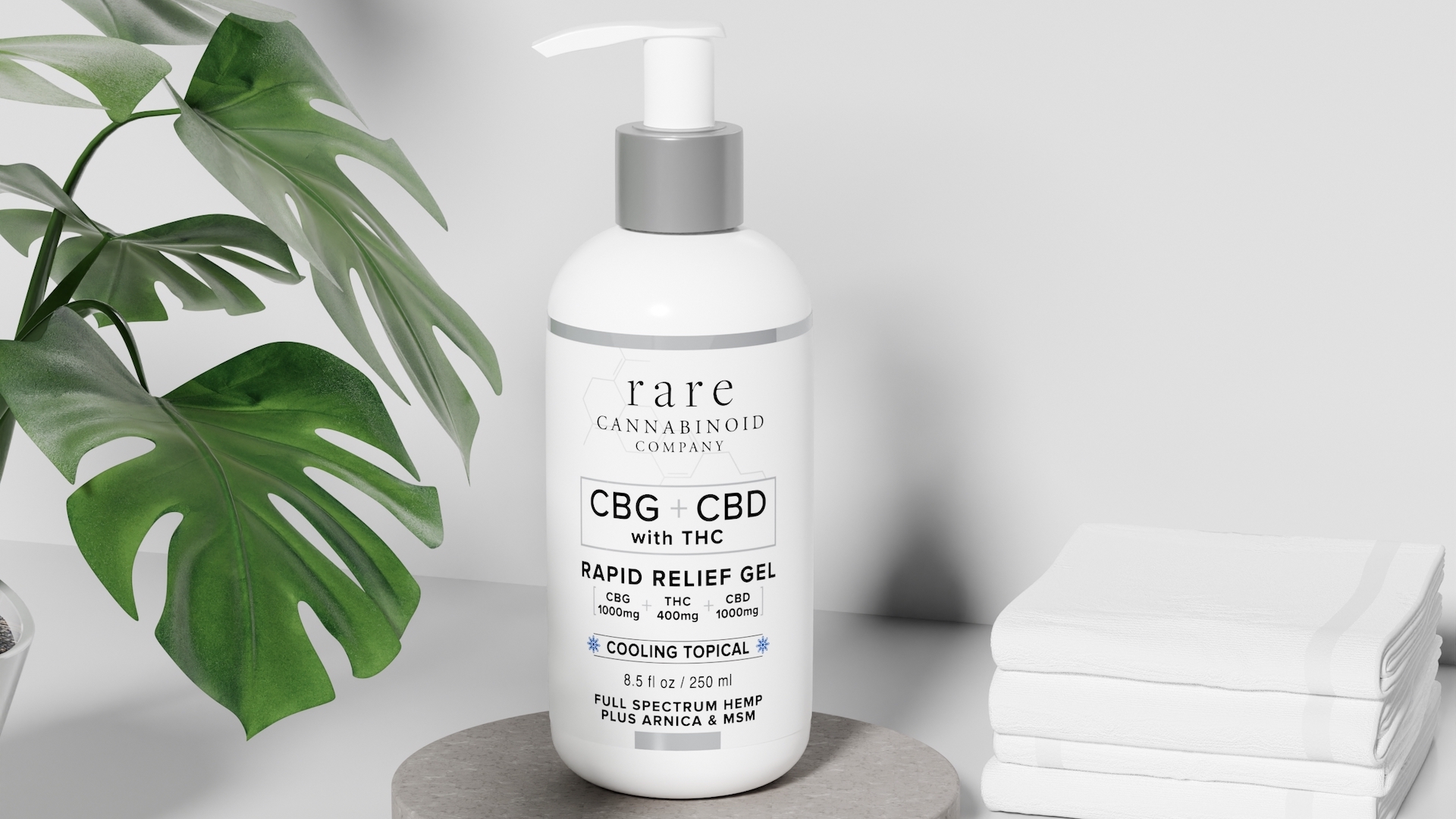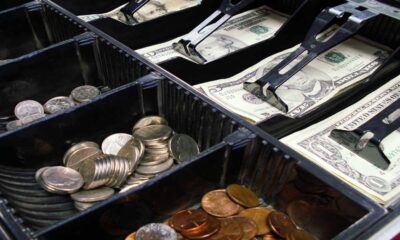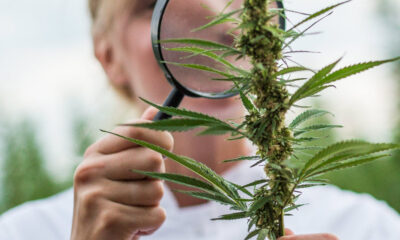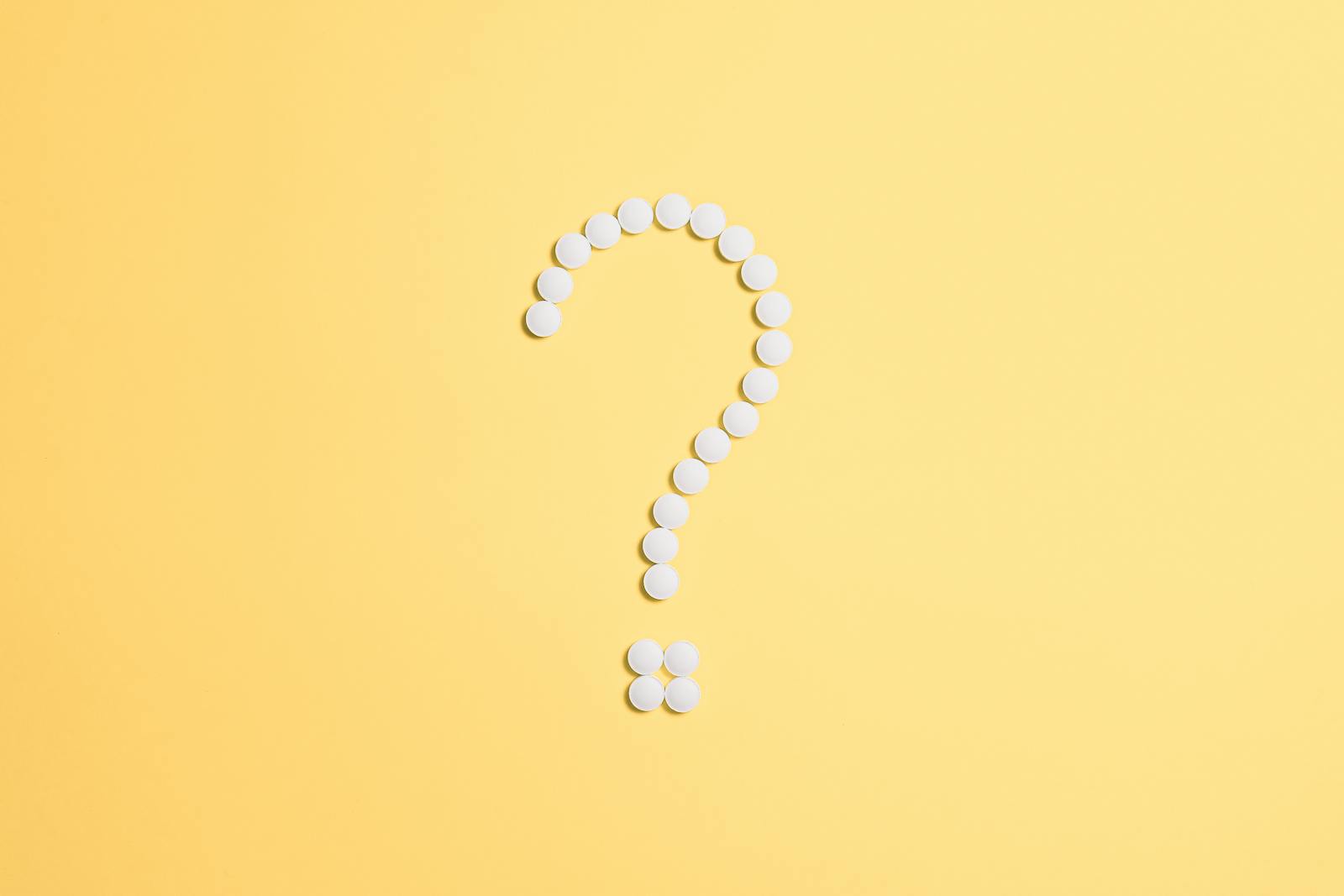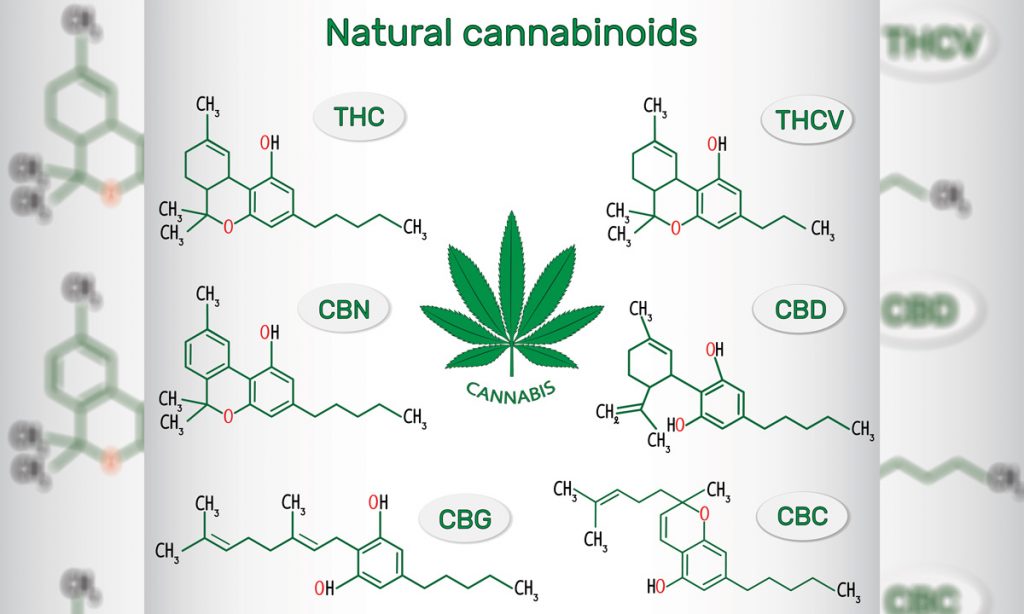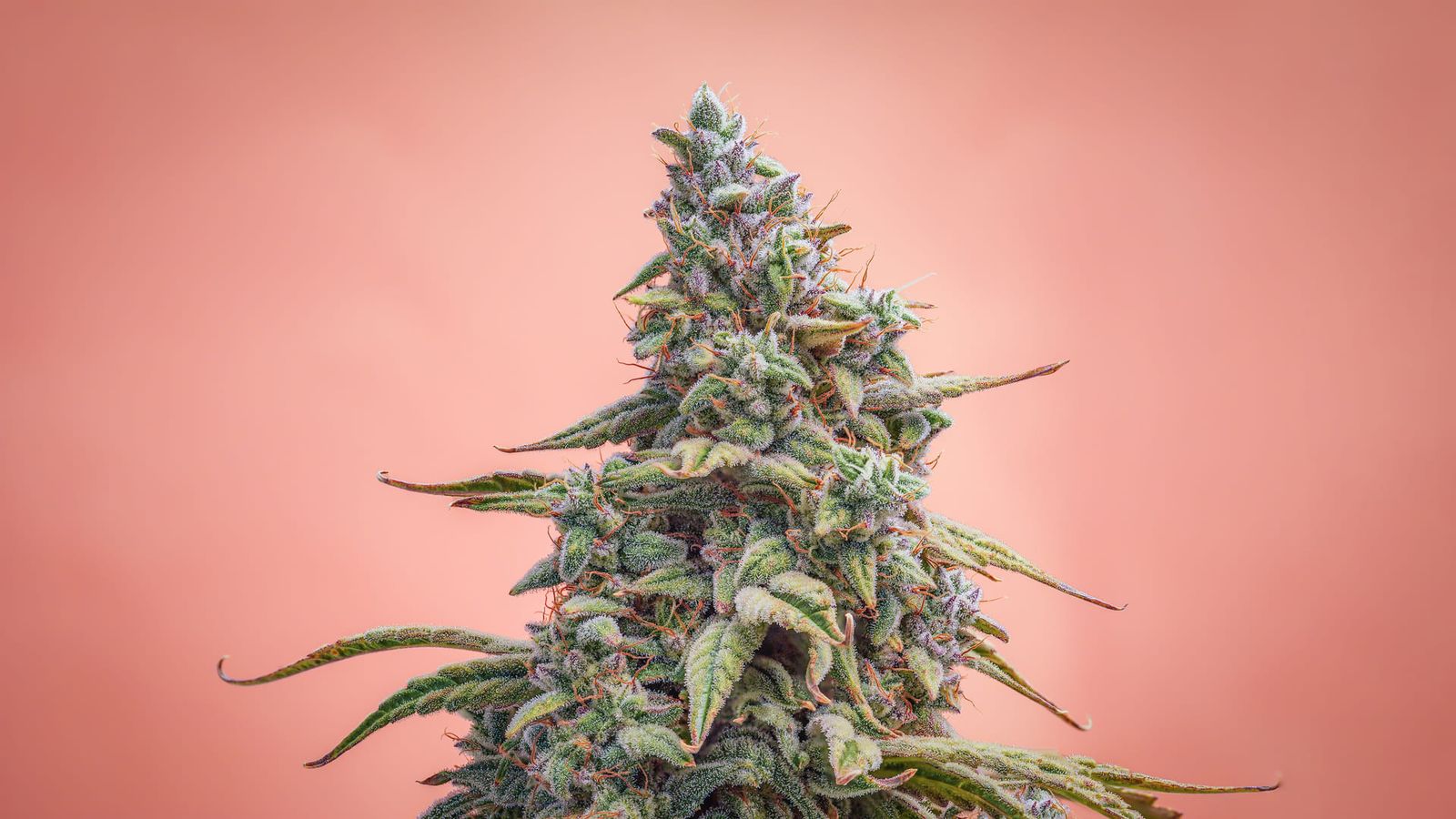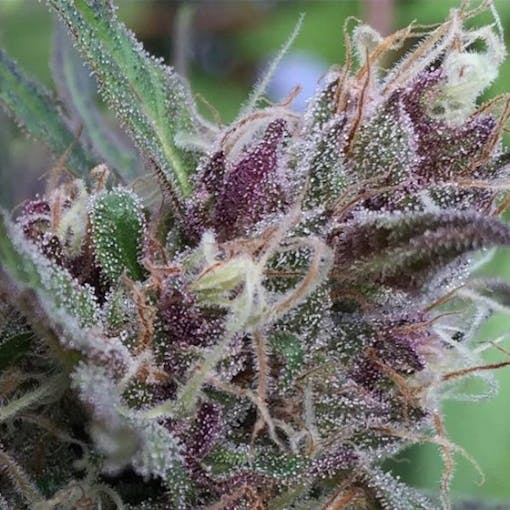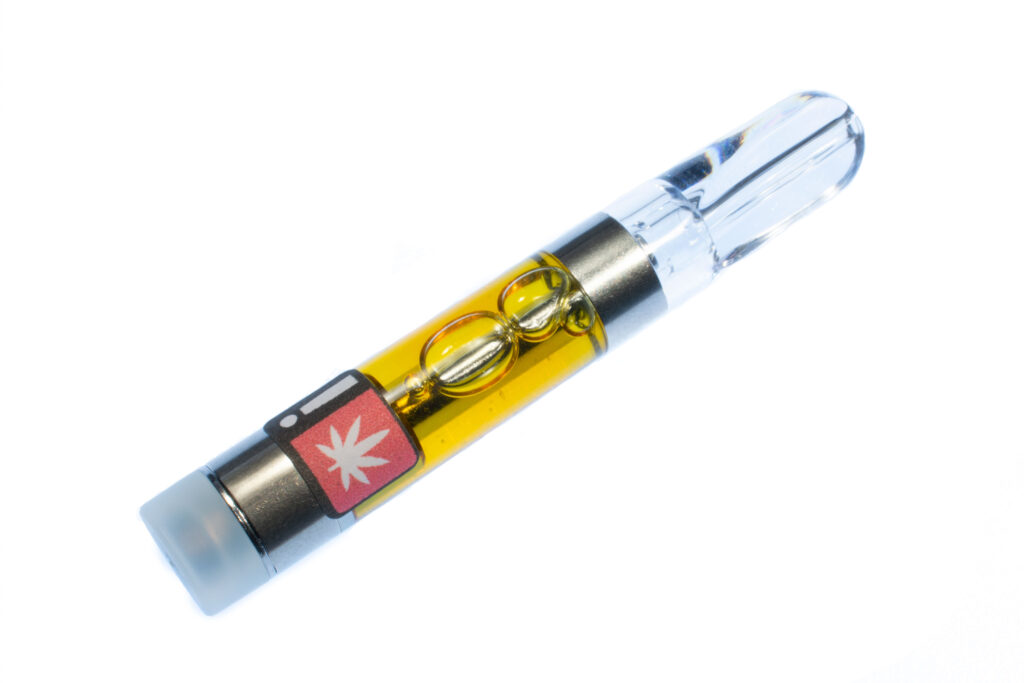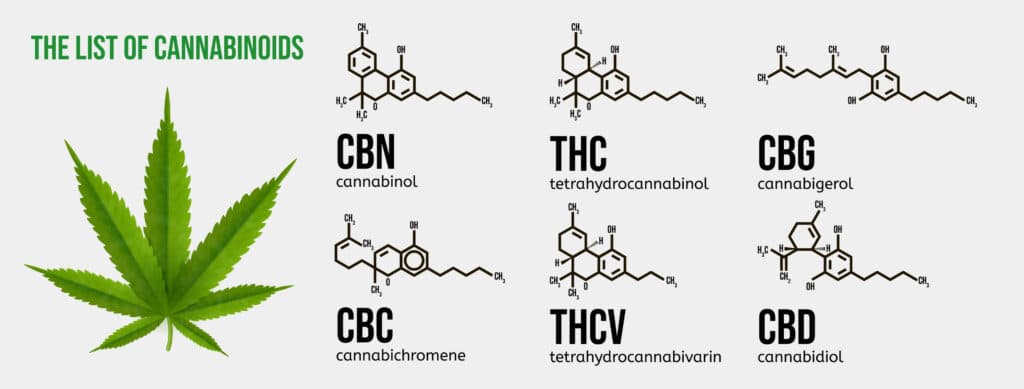Rare Cannabinoid Company’s newest product is a secret weapon against soreness. Try a free sample today. Plus, enjoy nearly 30% off with special introductory & subscription offers this month.
The plant-power mavens behind the highest-strength THCV gummies on the market today are back with their newest innovative remedy: Rapid Relief Cooling Gel combining hemp-based CBG, CBD, and delta-9 THC.
Rare Cannabinoid Company shared samples of their brand new topical lotion with our team, and they couldn’t have arrived at a better time—as someone who just completed a grueling move while simultaneously re-starting a jogging routine, relief has been top-of-mind.
We tried Rare Cannabinoid Company’s CBG+CBD+THC Rapid Relief Cooling Gel, and the best way for you to understand the benefits of this high-powered topical is to do the same:
The brand is offering completely free samples of their new product, shipping included. All you need to do is provide your shipping information to receive a free packet of RCC’s Rapid Relief Cooling Gel in the mail.
So, what’s the secret behind this special relief formula? Rare Cannabinoid Company’s signature is in unlocking the best combination of cannabinoids to target specific needs and including them in higher potency amounts than you’re likely to find anywhere else.
With 1000mg CBG oil, 1000mg CBD oil, and 400mg delta-9 THC in every bottle, the Rapid Relief Cooling Gel is yet another standard-setting winner from the brand’s apothecary suite. It packs in more pain & inflammation-busting THC than you’ll find anywhere outside of a licensed dispensary—and even in one for a topical application, with most dispensary products tapping out at around 100mg THC for similar-sized bottles—with a Farm Bill-compliant, hemp-based formula that ships nationally.
CBD is well-studied for its potential joint relief and muscle recovery properties, and CBG is the lesser-known clincher of the crew, with studies suggesting it may have even more pain-relieving properties than THC.
But as the entourage effect theory in cannabis instructs, the real magic lies in the combination of these three plant compounds. RCC decided on this particular cannabinoid ratio based on research that suggests that THC+CBD+CBG combined “was more effective than these compounds applied alone,” for addressing chronic pain.
Not your average topical
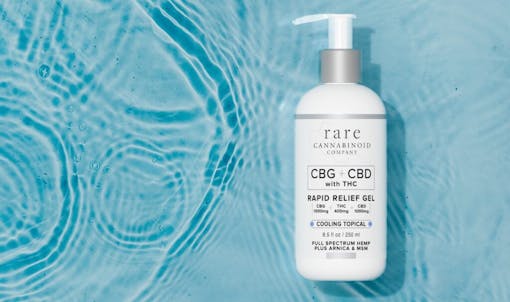
Rare Cannabinoid Company designed their new CBD cream with the best trio of cannabinoids to relieve discomfort and support healthy joints. But CBG, CBD, and D-9 THC aren’t the only hard-working ingredients under the hood—you’ll also find Arnica, Menthol, Dandelion, Horsetail, Gotu Kola, and even more—all hand-picked to add extra oomph to the lotion’s pain-relieving properties.
If you’re like me, though, even the best relief formula will sit on the shelf if it’s heavy, sticky, or overly scented. Thankfully, RCC’s weightless formula is none of these. In fact, the cream goes on smooth with a welcome cooling effect and comforting light-mint aroma and absorbs completely on the skin within just a few minutes. The effect is akin to a luxury massage lotion, like a quick trip to the spa right at home.
You apply the cooling gel topically directly to the affected area so the gel can go to work right where it counts. Despite its hefty milligram amount of D-9 THC, the gel does not have any psychoactive effects, so you can use it any time of day for rapid relief. Ideal for stiff joints, sore muscles, and post-exercise recovery, the gel is equally at home with old-bones havers and elite athletes.
Why CBG, CBD, and D-9 THC?
Let’s take a closer look at why Rare Cannabinoid Company selected the combination of CBG, CBD, and THC to power their Rapid Relief Cooling Gel.
Delta-9 THC, the primary cannabinoid found in cannabis and hemp plants, is also one of the most studied for its pain-relieving effects. This medical review of multiple studies that found that “THC has twenty times the anti-inflammatory potency of aspirin and twice that of hydrocortisone” is a prime example of the work being done to show how THC interacts positively with pain and discomfort.
CBD oil also has its own unique relationship to inflammation and pain management. In one animal study, topical CBD was found to be effective for arthritis pain and inflammation. And in a human trial focused on former professional athletes living with chronic pain, the study found that after six weeks of CBD treatment, the group reported decreased pain and improved function.
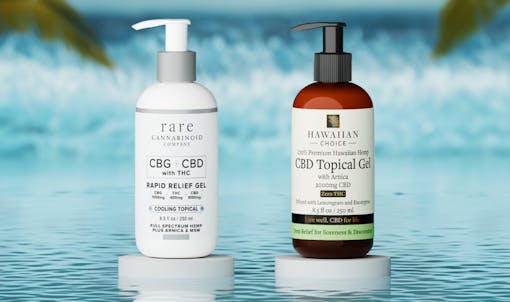
CBG has long been on Rare Cannabinoid Company and other cutting-edge companies’ radars as potentially having even more significant pain-relieving properties than the obvious powerhouse, THC. This study found that “CBG has more potent analgesic (pain-relieving), anti-erythema (anti-inflammatory rash) and lipoxygenase (inflammation) blocking activity than THC,” while another found that the compound may work by blocking the transmission of pain signals.
Related
Is CBG better than CBD and THC for pain, inflammation, and aging?
Taken together, each of these cannabinoid’s individual properties combine to produce something altogether different. This chronic pain study highlights the potential of using the specific three-cannabinoid combination of CBG+CBD+THC, finding that “THC + CBD + CBG combined was more effective than these compounds applied alone.”
Taking Rapid Relief Cooling Gel for a spin
The Rapid Relief Cooling Gel could not have arrived at a more opportune moment. I was looking at a triple threat of muscle soreness sources: it was the peak of 420 season—my busiest time of the work year, a funny consequence of working in cannabis, with many long hours hunched over the keyboard; I had just started jogging again, loving my daily run but feeling the consequences of using new muscles; and to top it all off, I was moving to a new house across town.
With a morning run and a long stretch spent stuck at a desk, and the rest of my hours taken up by lifting furniture, moving boxes, and pivoting down stairwells, I found muscles I didn’t even know I had yelling ‘uncle’ at this new routine. Lucky for me, I had a little relief waiting in the refrigerator.
I found muscles I didn’t even know I had yelling “uncle.” Lucky for me, I had a little relief waiting in the refrigerator.
No, not a cold beer—although I had those, too. Rare Cannabinoid Company recommends storing your Rapid Relief Cooling Gel in the refrigerator to enhance its cooling effect, an icy-hot tip that made applying the cream something to look forward to even for someone like me, who dreads applying sunscreen and face products since I tend to hate the feeling of lotion on my hands. With the gel, I could get an immediate sense of relief from the cooling sensation and light-mint, menthol-like scent, while it went on smooth and light on the skin, with a silky texture that absorbed completely within just a few minutes with no residue.
Post-workout application
I found that there were two key moments when the Rapid Relief Cooling Gel could best go to work whisking away my soreness and discomfort: one was directly post-workout when I could feel newly stretched muscles starting to tighten up. This was the perfect intervention moment before I sat down for my workday, whereas before, my muscles would go directly from getting their extra-exercise use to being stuck in one sitting position for long portions of the day. I found the cooling gel helped my muscles make the transition without getting inflamed and then locking into one spot for soreness to take root, instead feeling the rapid relief curb inflammation and help me stay loose through workday stress.
Before-bed application
I found the cooling gel helped my muscles make the transition without getting inflamed and then locking into one spot for soreness to take root, instead feeling the rapid relief curb inflammation and help me stay loose through workday stress.
The other moment that became a daily routine was to apply the Rapid Relief Cooling Gel just before going to bed. You know the feeling when you’re lying in bed about to go to sleep, and you just know you’re going to be sore in the morning? After hoisting load after load of books, records, and furniture of all shapes & sizes in and out of my car and over to our new place, I knew I was going to feel it the next day, and still have to do it all over again.
Applying the Rapid Relief Cooling Gel to my lower back during my nighttime routine, I let the lotion do its work while I recovered overnight and woke with my muscles feeling refreshed. Rather than having soreness set in overnight, I felt like I was getting ahead of my body’s reaction to the more-than-typical use and avoiding the pain that would lead to increased tension.
Free samples for you
I love using the Rapid Relief Cooling Gel and feel thankful for its perfectly timed entrance into my daily routine. But the awesome thing is, you don’t have to take my word for it: Rare Cannabinoid Company is offering completely free samples of the Rapid Relief Cooling Gel, with free shipping included and no credit card information required.
You can get one 3ml sample packet of the relief gel for free by supplying your email & mailing address, and RCC is also including a free sample in every order. If you’re not already familiar with Rare Cannabinoid Company’s apothecary suite of hemp cannabinoid products, there are some great formulas you might consider combining with the Rapid Relief Cooling Gel.
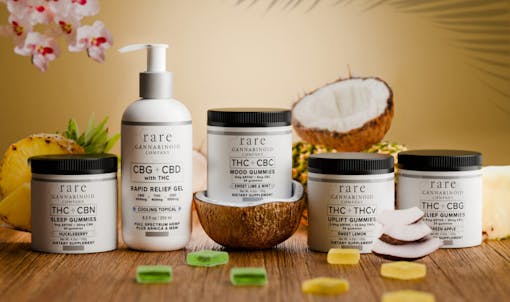
Rare Cannabinoid Company offers CBG gummies, THC+CBG gummies, and CBG oil tinctures if you’re interested in further amplifying CBG’s influence on pain and inflammation. For help falling asleep and staying asleep, RCC recommends their products including rare cannabinoid CBN, available in tinctures or their extra-tasty, huckleberry-flavored CBN gummies for sleep. For those using the Rapid Relief Cooling Gel for exercise recovery, you may want to explore RCC’s THCV products, focused on boosting energy and suppressing appetite. The CBC+THC Mood Gummies are perfect if you’re looking to bring a happy, blissful feeling to your day.
Get one 3ml packet of Rapid Relief Cooling Gel completely free. Plus, save nearly 30% this month with RCC’s special introductory & subscription offers!
If you’re interested in the Rapid Relief Cooling Gel, but would prefer a product without any THC, you’re in luck. Rare Cannabinoid Company offers Hawaiian Choice CBD Topical Gel, a luxurious lotion infused with premium, broad-spectrum Hawaiian-grown cannabinoids—2000mg CBD and 400mg CBG—that has had all lab-detectable traces of THC removed. The CBD cream also contains the highest quality lemongrass and eucalyptus essential oils for a refreshing scent. Popular in Hawaii’s luxury resort spas, the Hawaiian Choice CBD Topical Gel is a premium experience you can enjoy at home.
Rare Cannabinoid Company’s products are thoughtfully created for specific effects and benefits. For example, their CBDV oil tincture is designed to promote sociability and memory while reducing irritability, and CBDV is even being trialed on adults and children with autism spectrum disorder. If you’re unsure of which cannabinoids and products suit your needs, RCC offers a quick and easy one-minute Cannabinoid Finder Quiz. In addition to recommendations tailored to your needs, you’ll also receive a coupon code for your choice of up to 10 free gummies ($25).
Related
Rare cannabinoid gummies get a buzzy upgrade, featuring new options with and without delta-9 THC
Ready for relief? 250ml bottles of CBG+CBD+THC Rapid Relief Cooling Gel are available now—get yours.
Availability subject to law.



